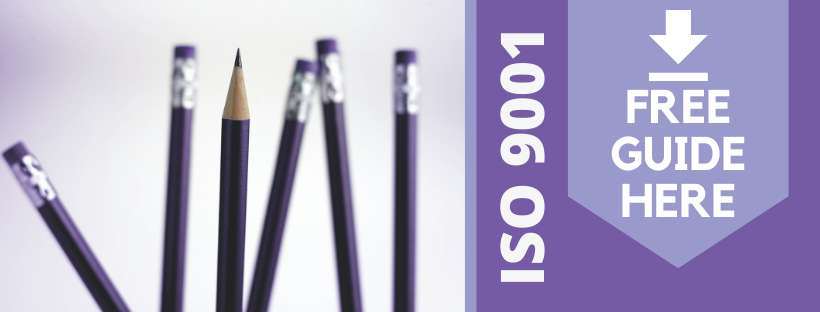
ISO 9001:2008 and ISO 9001:2015 – What has changed?
March 1st, 2019 By MarketingThe new certification ISO 9001:2015 has arrived, bringing with it a whole host of new updates to improve the way your organisation operates. However, with the introduction of ISO 9001:2015, any certificates dated 2008 expired in September 2018.
If you were previously certified to ISO 9001:2008, this is no longer valid, and, if you are among the businesses who didn’t make that important transition, the time has come to review the new standard and consult IMSM about the next steps you can take.
Scope, normative reference and terms and definitions clauses that were included in ISO 9001:2008 remain in the new certification, but the remainder of the requirements have been updated. It probably feels like these standards update just for the sake of it, but they actually offer lots of benefits – let’s address what they are:
Attention to risk and business risk
ISO 9001:2015 prioritises risk-based thinking through the performance of risk assessments which seeks to assess risks and identify opportunities. This will help your business identify where you can make savings and corrective actions to prevent any negative or unwanted outcomes while improving efficiency.
The structure has changed
Another difference between the certifications is the structure, with ISO 9001:2015 being built around Annex SL. Previously standards were built on an eight-clause framework, but a new ten-clause framework makes it easy for businesses to implement multiple standards.
Greater emphasis from leadership and engagement
This is one of the seven Quality Management Principles and, although it requires a lot of time to ingrain into the culture of your business, it’s an overall investment into the proficiency of your organisation.
Readability
An improvement of the new standard is that it’s written in a much more simplified language than ever before. This means that it can be distributed throughout your organisation and everyone can understand the benefits ISO 9001:2015 will bring to your business.
Supply chain management
ISO 9001:2015 will help you choose a supplier that will be consistent in their delivery of high-quality products and services. It will provide you with a framework to check that these suppliers are compliant with regulations you require, such as ISO 9001:2015. It also gives you the opportunity to provide suppliers with feedback, as learning and improving is at the heart of ISO 9001:2015.
Process approach
ISO 9001:2015 establishes requirements for businesses who want to manage their organisation based on a system of processes: this is known as a process approach. This change means your workflow will be improved as it defines the output of one process as the input of another.
Knowledge base
Understanding the knowledge of the operations is a requirement of the new standard, thus imploring you to keep up with the latest trends in your industry. This is a positive change as it will help you assert yourself as an industry leader.
Better return on investment
One of the key aspects of the transition between the two standards is that the new one will help your business become more efficient, meaning you will be saving money in the long term.
Ready for the next step? Downloading our free ISO 9001 guide and learn how it can help your business become more efficient.
Contact Us
For a free Quotation or On-Site presentation by an ISO Specialist, contact us today!
IMSM Ltd
The Gig House
Oxford Street
Malmesbury
Wiltshire SN16 9AX
